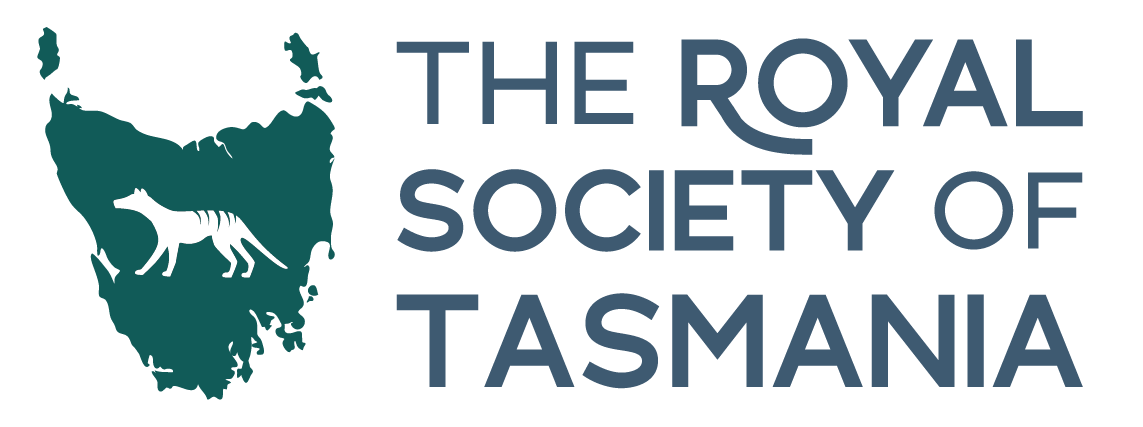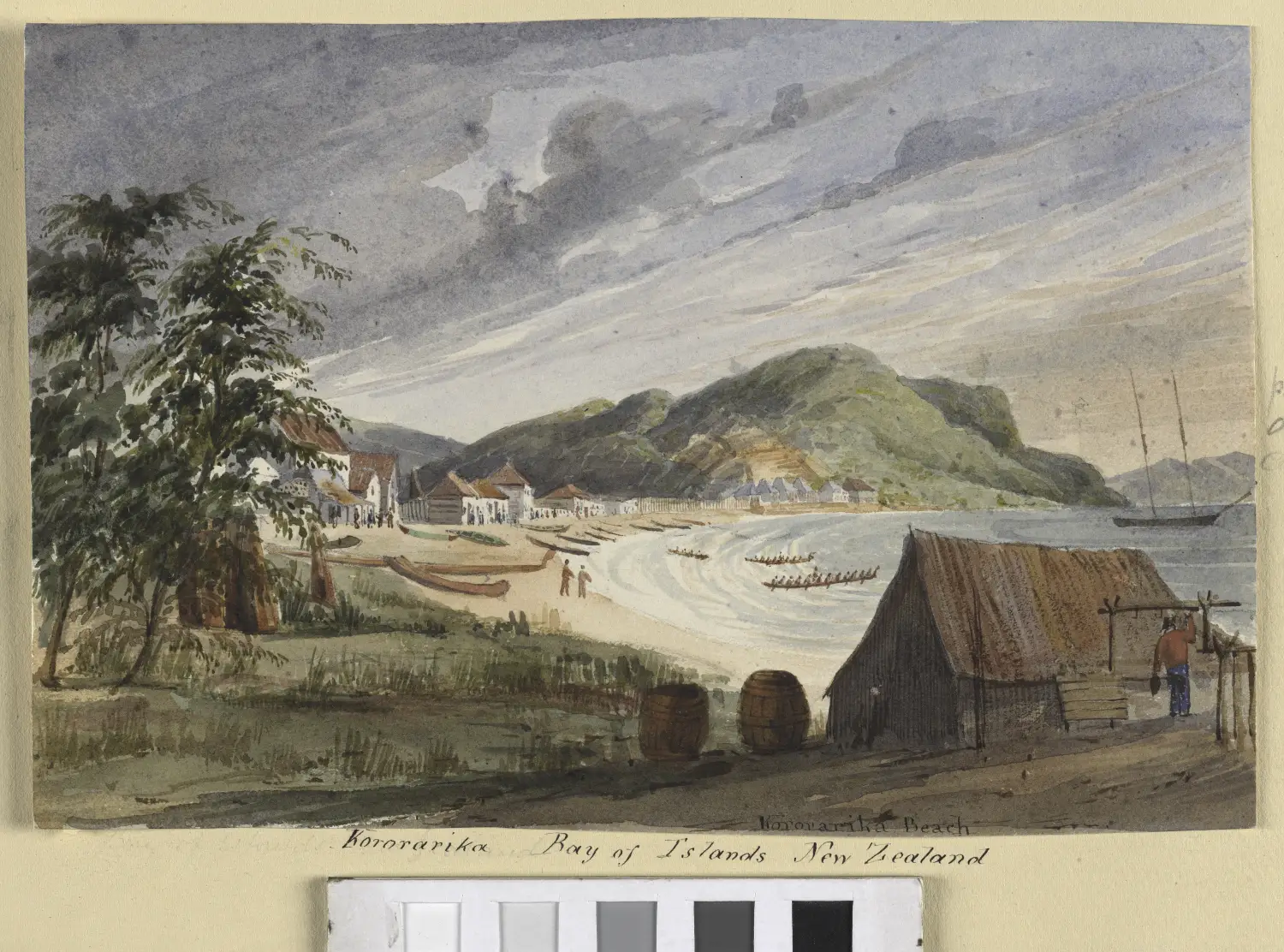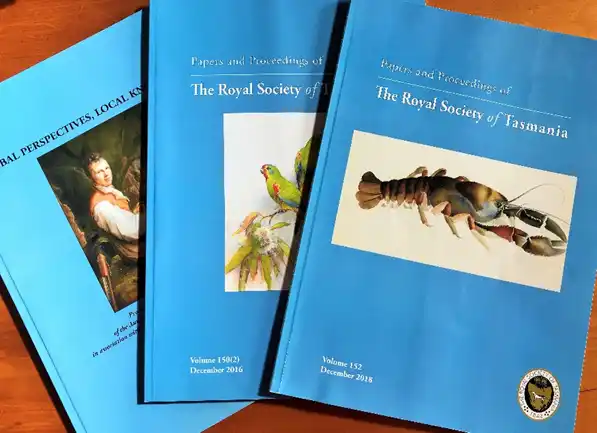As President, I am profoundly honoured to uphold the legacy of the distinguished line of Council Presidents, members, volunteers, advisers, and scholars who have steadfastly dedicated themselves to ensuring The Royal Society of Tasmania remains well-resourced, pertinent, and ready to shape the prosperous future of our State. The Society’s illustrious heritage, spanning over 180 years, […]

RST Apology to Tasmanian Aboriginal people 2021.





